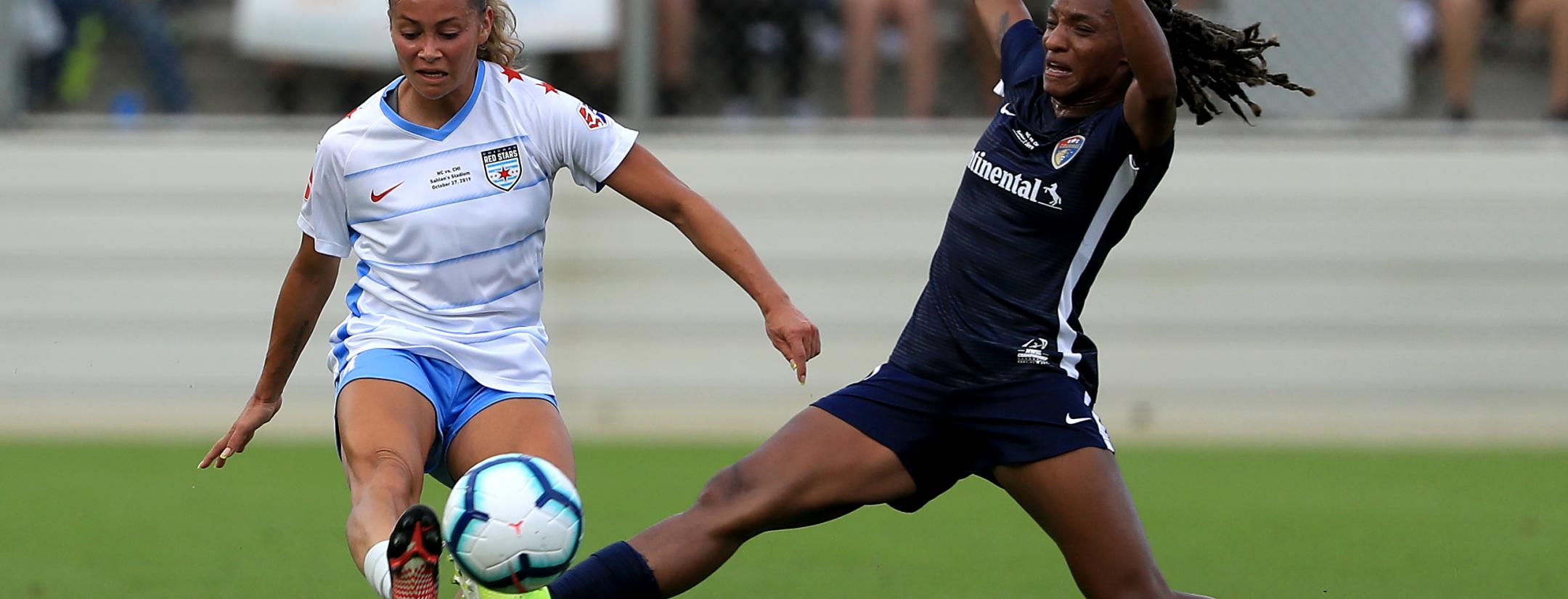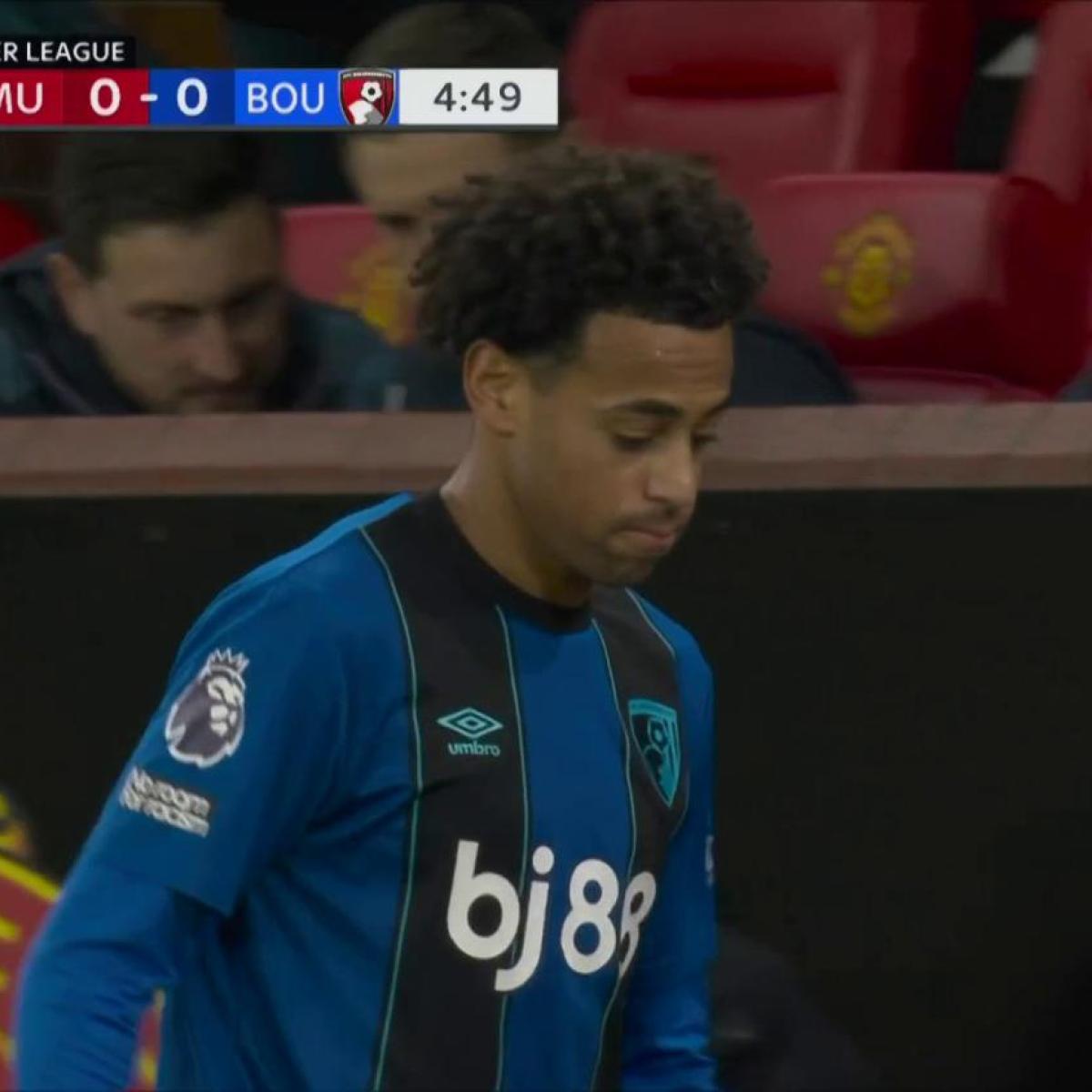The National Women’s Soccer League, which just finished its seventh season by crowning the North Carolina Courage as champions, is overhauling its pay structure to try to stay relevant on the global state.
It’s a start, but it might not be enough to compete with the growing influence (and financial might) of European clubs to keep global star players like Sam Kerr and recruit new ones like Deyna Castellanos.
With the new compensation guidelines unveiled by the NWSL on Friday, the salary cap was increased, the minimum and maximum wages increased and allocation money was created to allow teams to spend beyond the salary cap.
New compensation guidelines will be in effect for the 2020 season, including a significant increase in the salary cap: https://t.co/pT6iX3pdqn#NWSL pic.twitter.com/DeanBUeG7Y
— NWSL (@NWSL) November 1, 2019
All of these are good, positive moves for the still-growing league, which only last year had a club disband. The question is whether or not it will be enough.
NWSL received a boost from the 2019 Women’s World Cup, with the USWNT claiming its second straight title, its first with all players competing in one domestic league. But the NWSL needs to do more to capitalize on the USWNT’s success and popularity if it wants to remain one of the best leagues in the world.
The league hopes this revamped pay structure does the trick while staying responsible financially.
Here are the numbers for the 2020 NWSL compensation guidelines compared to the 2019 season, for those who have always wanted to know how much do NWSL players make:
How Much Do NWSL Players Make — 2020 NWSL Compensation Guidelines
- Salary Cap: Increased from $421,500 to $650,000
- Maximum Salary: Increased from $46,200 to $50,000
- Minimum Salary: Increased from $16,538 to $20,000
The key to the new pay structure is the introduction of allocation money. Similar to rules in MLS, NWSL teams will be allowed to spend up to $300,000 beyond the salary cap, purchased from the league.
This allocation money can be used for transfer fees to sign players or to provide additional salary, meaning a player could make as much as $350,000 per season. U.S. and Canada national team players are exempt from having allocation money spent on them as their salaries will continue to be paid by the U.S. Soccer Federation and Canadian Soccer Association, respectively. The salaries for USWNT players can range from $100,000 to $400,000, depending on who you ask and are involved in the ongoing gender equity lawsuit.
(For comparison, the minimum salary in MLS was $56,250 in 2019, while Zlatan Ibrahimovic was the league’s highest-paid player with a salary of $7.2 million.)
Also of note, clubs no longer have a limit on spending for player housing, which is mandatory. And transfer fees are now viable for clubs to buy and sell players from outside of the league.
Interestingly, the allocation money can only be spent on players who qualify under some weirdly arbitrary criteria. These include international players with three or more caps in the last 24 months, domestic players who are at least five-year veterans, former USWNT/Canada-allocated players and those who previously had contracts with allocated money, which all make sense.
Bizarrely included are players who earned league superlatives (MVP, Golden Boot, Rookie of the Year, etc.) or those who made the NWSL Best XI or Second XI. As we saw last week, the Best XI and Second XI teams (and some superlatives) were something of a joke, so it seems odd to limit one’s potential earnings on such a shockingly unfortunate list.
The biggest question for these new rules is whether it will allow the NWSL to retain stars like Kerr and attract future stars like Castellanos.
Kerr, the Australian dynamo who can’t stop winning NWSL MVP and Golden Boot awards, has subsidized her NWSL salary (previously capped at $46,200) by playing in Australia during the offseason. She’s been courted by European clubs (Chelsea is a rumored favorite to sign her), who can pay far better than NWSL clubs ever could before Friday’s rule change. (The biggest teams in Europe are usually financially backed by their ludicrously wealthy men’s teams.)
The Chicago Fire can now offer Kerr as much as $350,000 in salary to keep her, but it remains to be seen if that will be sufficient.
Then there’s Deyna Castellanos, the Florida State forward who was once nominated for a Puskas Award for this wild goal playing for Venezuela at the U-17 Women’s World Cup.
Castellanos was stupidly nominated for The Best FIFA Women’s Player as an amateur in 2017 but also represents stupidly tremendous potential both on the pitch and marketing off it. With 1.2 million followers on Instagram already, she would be a dream signing for any NWSL club. But she wouldn’t get any say in which club she plays for, because as a college athlete she’d have to go through the NWSL draft.
I would love to consider @NWSL but hard to do that when rules do not favor international talent. This article explains some of the reasons in great form. Maybe one day
Me encantaría considerar la @NWSL como opción pero es difícil hacerlo cuando las reglas no nos favorecen https://t.co/dae9JoOBHX
— Deyna Castellanos (@deynac18) November 1, 2019
A least with the new rules announced Friday, Castellanos could garner a six-figure salary, giving the league a chance to sign her and keep her from going to Europe. (Note: The above tweet was sent out before NWSL publicized the 2020 compensation guidelines.)
The question of how much do NWSL players make has long been a limiting factor in the growth of the league. The league understands this, as Friday’s announcement shows. The league also knows it must be smart not to overspend, which doomed the original NASL four decades ago.
Other problems also exist for the NWSL leadership to solve, not the least of which is how best to bring in expansion teams. The league needs more sponsors (Budweiser’s been a good start) and should ask its television partners to do more to promote the league. (The NWSL final on Sunday was on ESPN, but the Worldwide Leader barely even bothered trying to promote the match.) One day, the league needs to move away from being subsidized by the USSF paying the USWNT players’ salaries to prevent the federation from threatening the league’s existence, as it did earlier this week.
At least the league is trying and moving in the right direction. Hopefully it will be good enough.
Update: It wasn’t enough.
League MVP Sam Kerr leaving NWSL to sign in Europe https://t.co/VBPJvCFJ51
— Steven Goff (@SoccerInsider) November 1, 2019




